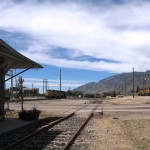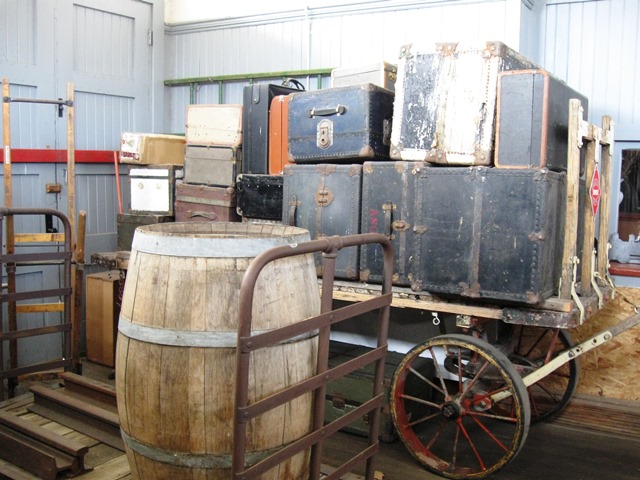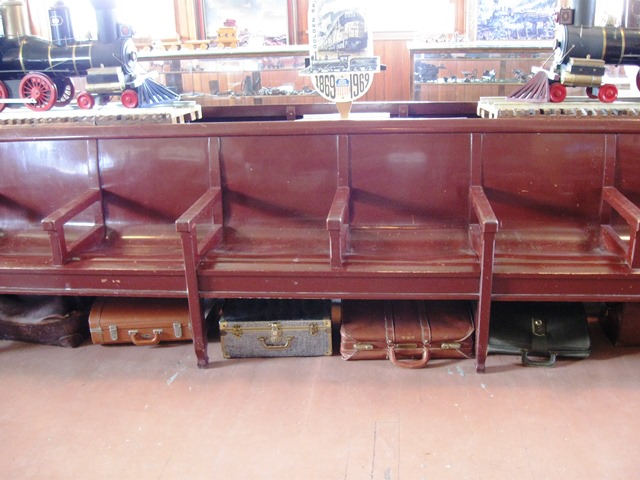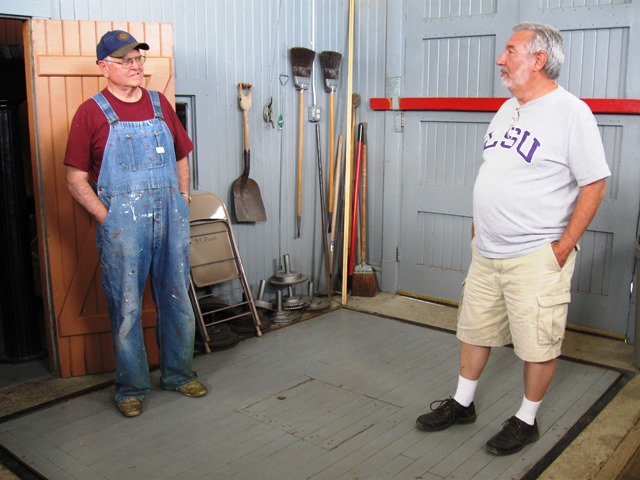 Water was our frame of reference for transportation growing up. Living on the Mississippi River, barge traffic and ferry boats were seen daily and growth was along the banks of the River. Now that our wandering has brought us westward, we realize how important the railroads were in developing towns as the population moved west.
Water was our frame of reference for transportation growing up. Living on the Mississippi River, barge traffic and ferry boats were seen daily and growth was along the banks of the River. Now that our wandering has brought us westward, we realize how important the railroads were in developing towns as the population moved west.
The Brigham City Depot is nothing spectacular from the road. The depot looks old and unwelcoming. But once inside we realized this is the original depot with much of the original structure and equipment for viewing and learning how a railroad depot would have functioned in the early 1900s.
The ticket windows once busy with riders purchasing tickets and getting information about schedules are quiet now giving views into the depot and the telegrapher’s desk. We could almost hear the telegraph key clicking rapidly sending messages to some far off city.
The depot housed two waiting rooms, male and female. The female waiting room is on the north side of the depot. The original elegance and grace of the room can be seen in the high ceilings, tall windows and wainscoting. The benches, which would not be comfortable for extended sitting, are waiting for the female rail riders.
The male waiting room is on the south side of the depot. Here rowdiness could be heard with men smoking, cussing and spitting. There may have even been a card game or two while waiting for the train. Also on the south side was the freight room. The original scales which could weigh several tons are still in place. There is a trap door on the scale that was opened for maintenance.
The tracks on the west side of the depot are still in operation. On the east side of the depot sits the Union Pacific Caboose No. 24516. The caboose is undergoing restoration and will be part of the museum when completed. The caboose is hoped to be used as a reading, video, and meeting facility.
In the 1950s passenger service was discontinued to Brigham City and the depot was no longer needed. The structure was in disrepair and was scheduled for demolition in the early 1990s. The building was saved by the Golden Spike Association and today stands as a testament to the value the railroad and passenger service had in the building of our country.






